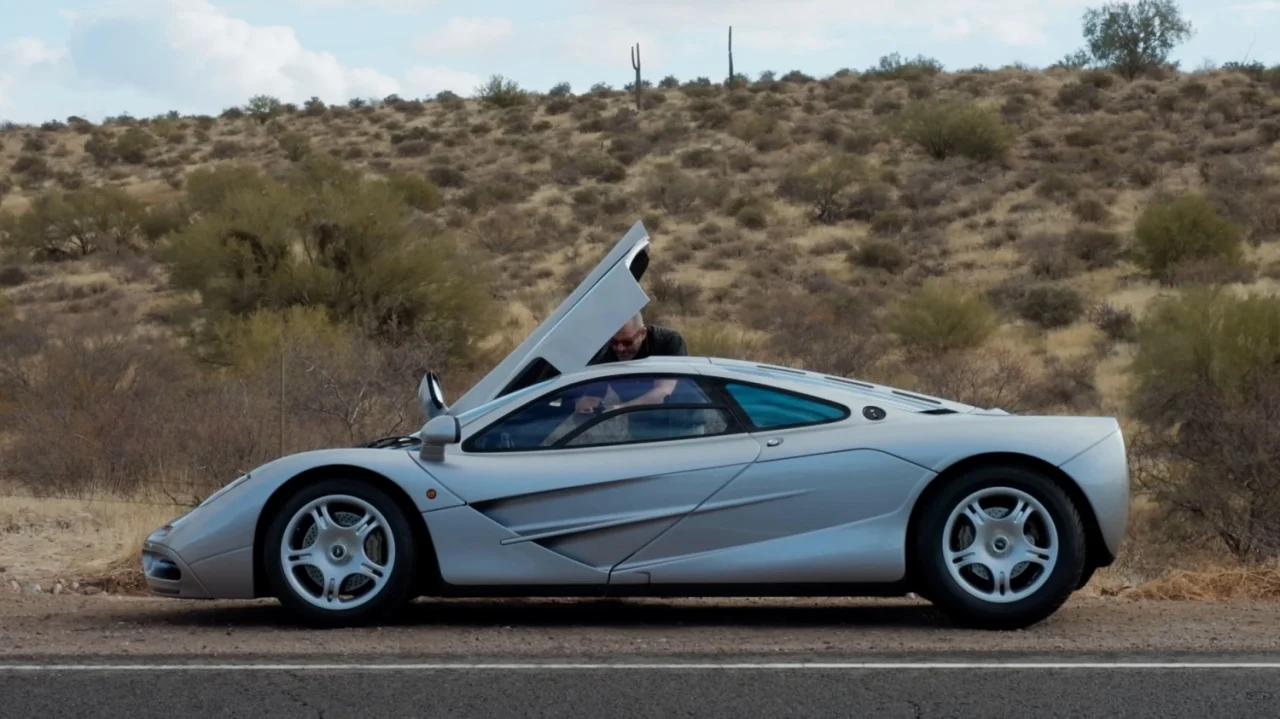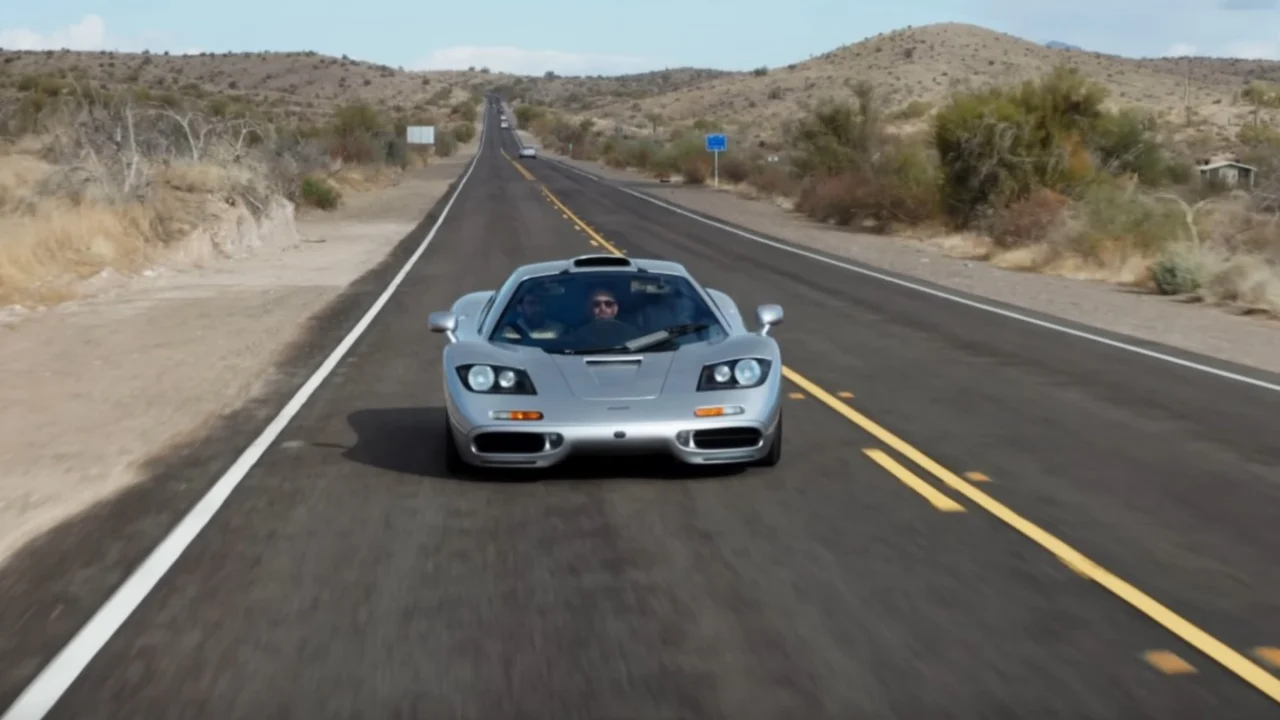The McLaren F1 is the Michael Jordan of automobiles: It performed at the highest level and was huge in the 1990s. Every automotive enthusiast has heard of it, and it’s often regarded as the greatest car ever. With its $778,000 price tag, BMW V12, distinctive central driving position, and a top speed of 240 mph, the F1 was a singularity in its time. But that was 30 years ago. Hypercars have only grown more powerful and faster. Plus, only a few of the people who idolize the F1 have ever driven one. Have nostalgia and mystique made it out to be more than it really is? A recent road test by Chris Harris answers that question.

If you’ve read or watched reviews of European hypercars, you’ve seen Chris Harris’s name before. He’s a British automotive journalist who’s competed in the Nürburgring 24 Hours race and co-hosted “Top Gear.” He’s been behind the wheel of the Ferrari LaFerrari, Porsche 959, Aston Martin Valkyrie, and plenty of other super-exotics. Given his experience, he’s less likely to feel the subconscious pressure to automatically proclaim the McLaren F1 as the best thing to ever happen to the automotive world.

Once Harris is on the move in the F1, he doesn’t even have to speak to communicate how it makes him feel. You can see it in his wide-eyed expression, particularly after he puts his right foot down on the handcrafted titanium gas pedal, causing the 621-horsepower V12 to let out its raspy mechanical wail. With each upshift of the six-speed manual gearbox, he flies faster and faster down the road.

What conclusion does Harris reach at the end of his spirited drive? Watch to find out if the F1 is a justified icon or an over-rated beneficiary of its statistics and the power of yesteryear.

